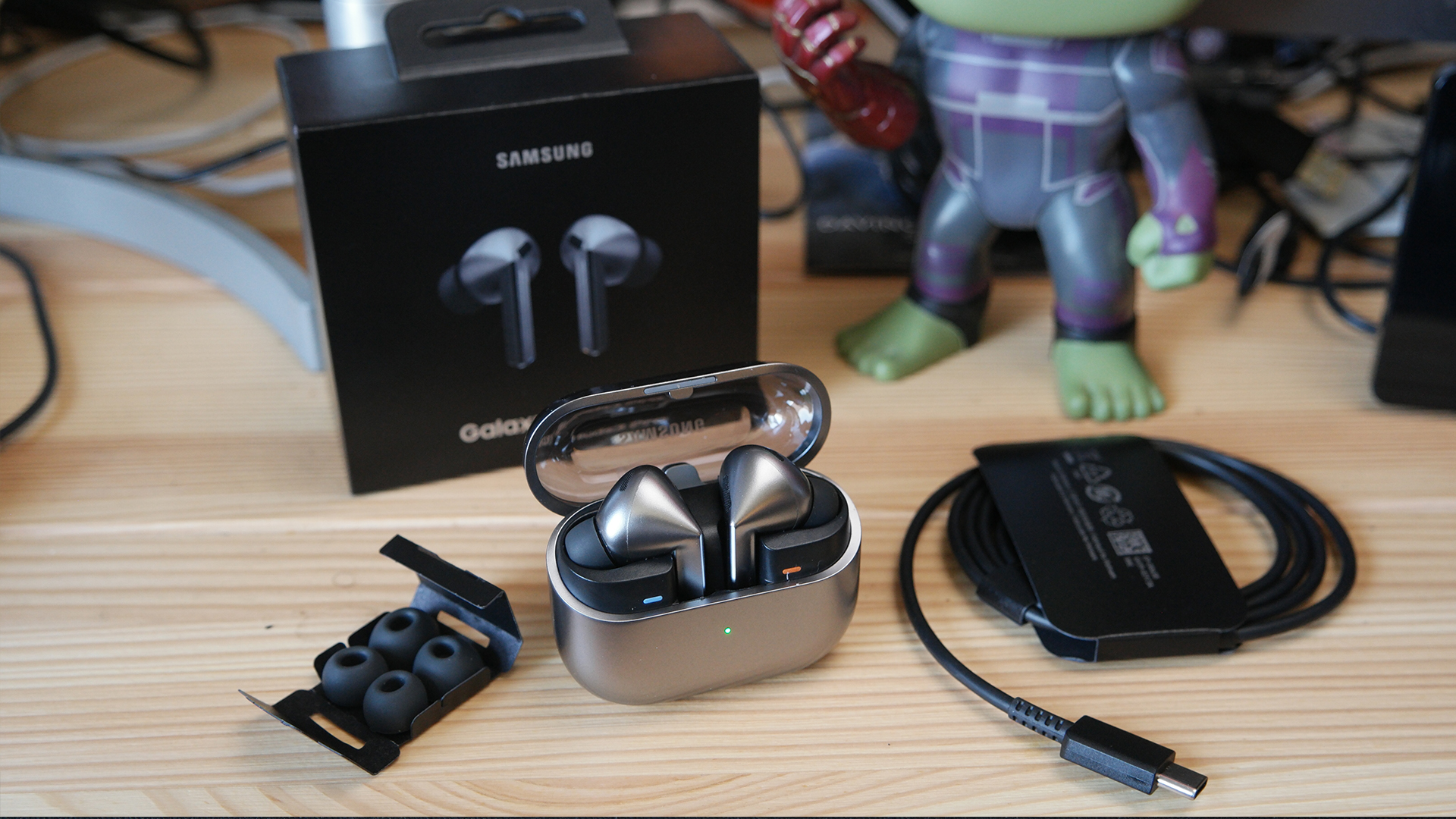Galaxy S22's 4nm chip isn't noticeably faster, but it wins in other areas

The semiconductor industry has kept up a frantic pace over the last five years. 2017 saw the introduction of the first 10nm chipsets in the form of the Snapdragon 835, and in 2022 we're seeing mainstream availability of 4nm chipsets with the likes of the Galaxy S22; Qualcomm has the Snapdragon 8 Gen 1, Samsung is rolling out the Exynos 2200, and MediaTek's Dimensity 9000 is a strong contender for the best mobile SoC this year.
With every node shift comes improved efficiency and performance, and that was very evident last year with the 5nm Snapdragon 888. The shift from a 7nm node to 5nm delivered big gains in performance figures along with a much-needed increase in efficiency figures, which turned out to be a good thing given the increased power demands of 5G antennae over their 4G counterparts.
While the 5nm node was evolutionary, the current-gen 4nm design isn't quite as beneficial, notes Strategy Analytics's director of handset component technology Sravan Kundojjala. That's down to the fact that the node follows the same broad design guidelines as the 5nm option, so performance gains are limited to 5% at best.
"The 4nm node or N4 (TSMC's branding of the node) is an intermediate node that delivers only incremental performance gains," says Kundojjala. "TSMC's N4 process delivers up to 5% performance gains compared to its N5 node. The node maintains compatibility with N5 in design rules, with minor improvements in performance, power, and density (6% higher transistor count) over N5."
The current 4nm node doesn't deliver huge gains over 5nm, but that will change next year.
One of the main reasons for this has to do with yields. With the global chip shortage continuing into 2022, foundries like TSMC have focused on delivering similar yields as previous years instead of making wholesale changes that may affect mass production. As such, TSMC's upgraded 4nm node (N4P) won't see light of day until the second half of 2022, says Kundojjala. "N4 offers a similar yield performance compared to N5. TSMC's N4P, which will debut in 2H2022, will come with a 6% performance gain over the current N4 node."
But that's not necessarily a bad thing. Having used a Snapdragon 8 Gen 1-powered phone for several days, I can confidently say that performance is not an area where it is found lacking. Although Qualcomm's latest chipset doesn't deliver quite the same gains as we've gotten used to in the past, it can handle anything you throw at it with headroom to spare.

A bigger story this year has to do with increased competition in the high-end mobile SoC category. Qualcomm has run unchallenged for the better part of a decade — at least on Android — but this year, MediaTek and Samsung are fielding strong contenders. Qualcomm still has an outsized lead thanks to its unassailable dominance around 5G modem tech, but Kundojjala says that the Dimensity 9000 has the potential to score key design wins this year, allowing it to gain valuable market share in this area.
Get the latest news from Android Central, your trusted companion in the world of Android
"Both the Snapdragon 8 Gen 1 and Dimensity 9000 are neck-and-neck in terms of specs – both 4nm chips feature the Cortex X2 CPU and a Release 16 modem. However, Qualcomm has the edge in in mmWave support while MediaTek leads with LPDDR5x memory support.
"Aside from technical specs, Qualcomm has a huge lead in terms of customer relationships. Qualcomm gets 150+ design wins every year for its Snapdragon 8 series chips. Qualcomm also has an upper hand in terms of experience, custom IP (DSP, AI, and GPU) and optimization over MediaTek in flagship SoCs. I think MediaTek's flagship SoC effort is a multi-year one and this year is a stepping stone for future releases. That said, MediaTek will have some success in China with its flagship SoCs this year."
A big area of focus for brands in 2022 is imaging tech — both on the hardware and software fronts.
Samsung's Exynos 2200 is also an interesting option this year as it is the first chipset to feature AMD's RDNA 2-based GPU. Samsung struggled to keep up with Qualcomm in the past, and that was one of the driving factors behind overhauling its chipset design and collaborating with AMD.
What does this translate to if you're interested in the Galaxy S22 or Tab S8 series? Well, there is a slight increase in performance over the S21 series, but it won't be noticeable in day-to-day use. Where you will notice a difference instead is when you take photos. Imaging in general has been a key area of focus for manufacturers and chip vendors; Qualcomm introduced a ton of new features this year, and brands like Vivo, OPPO, and Google have turned to custom ISPs to deliver gains in this area.
Kundojjala says this has become a "strategic area" of focus for smartphone manufacturers, but that it won't be a sustainable trend. "Imaging has become a strategic area for manufacturers, and almost all smartphone OEMs are now developing ISPs. OEMs are trying to differentiate their phones with custom ISPs by offering a superior imaging experience. These investments will continue in the future, but I think the discrete ISP trend is unsustainable in the long term as designs from Qualcomm, Apple, MediaTek and Samsung will start to integrate better ISPs."
So although the shift to a 4nm node isn't going to make the Galaxy S22 or any of the best Android phones of the year that will use the latest designs from Qualcomm and MediaTek run noticeably faster or more efficiently, you will get tangible gains around cameras and on-device AI. That's a more meaningful upgrade in my book.

Harish Jonnalagadda is Android Central's Senior Editor overseeing mobile coverage. In his current role, he leads the site's coverage of Chinese phone brands, networking products, and AV gear. He has been testing phones for over a decade, and has extensive experience in mobile hardware and the global semiconductor industry. Contact him on Twitter at @chunkynerd.
